Stainless Steel Tank Truck: Why Stainless Steel is the Best Choice for Chemical Transport
Transporting chemicals safely and efficiently is a critical aspect of many industries, including pharmaceuticals, agriculture, and manufacturing. The choice of material for tank trucks plays a pivotal role in ensuring the integrity of the cargo, the safety of personnel, and the protection of the environment. Among the various materials used, stainless steel stands out as the preferred choice for chemical transport tanks. This article delves into the reasons why stainless steel is the best material for chemical tank trucks, exploring its properties, advantages, and industry applications.
1. Exceptional Corrosion Resistance
One of the most significant advantages of stainless steel is its remarkable corrosion resistance. Chemicals, especially those that are acidic or alkaline, can be highly corrosive. Materials like mild steel or aluminum may degrade over time when exposed to such substances, potentially leading to leaks or contamination. Stainless steel, particularly grades 304 and 316, contains chromium, which forms a passive oxide layer on the surface. This layer protects the metal from corrosion, even when exposed to harsh chemicals.
For chemical transport, this resistance translates to longer service life and reduced maintenance costs. It ensures that the integrity of the tank is maintained, safeguarding the transported chemicals and preventing environmental hazards.
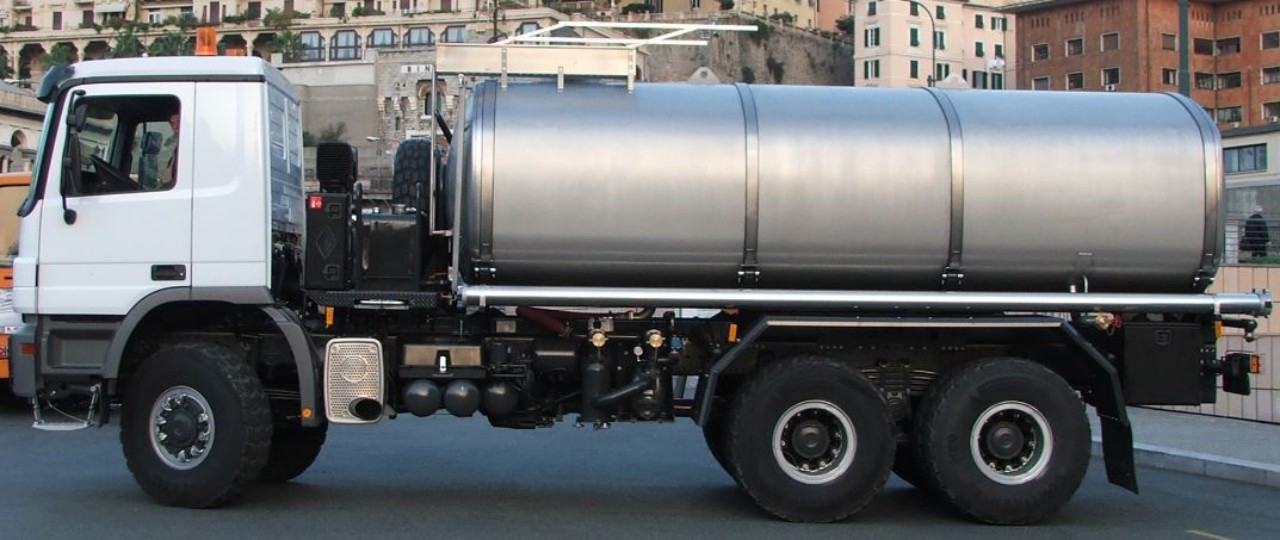
2. Durability and Strength
Stainless steel is renowned for its strength and durability. Tank trucks often face mechanical stresses during loading, unloading, and transit. Stainless steel’s high tensile strength enables it to withstand such stresses without deforming or cracking. This robustness is particularly important for transporting chemicals under pressure or at high temperatures, as stainless steel can endure extreme conditions without compromising performance.
Furthermore, its resistance to physical wear and tear ensures that the tanks remain functional over extended periods, even under demanding operational conditions. This longevity makes stainless steel a cost-effective choice despite its higher initial investment.
3. Compatibility with a Wide Range of Chemicals
Chemical compatibility is a crucial consideration when selecting materials for transport tanks. Stainless steel is compatible with a wide variety of chemicals, including acids, bases, and solvents. For instance, 316 stainless steel, with its higher molybdenum content, offers superior resistance to chloride-induced pitting and crevice corrosion, making it ideal for transporting chemicals like hydrochloric acid and other aggressive substances.
The versatility of stainless steel eliminates the need for specialized coatings or liners, which may degrade over time or react with certain chemicals. This inherent compatibility simplifies maintenance and enhances safety.
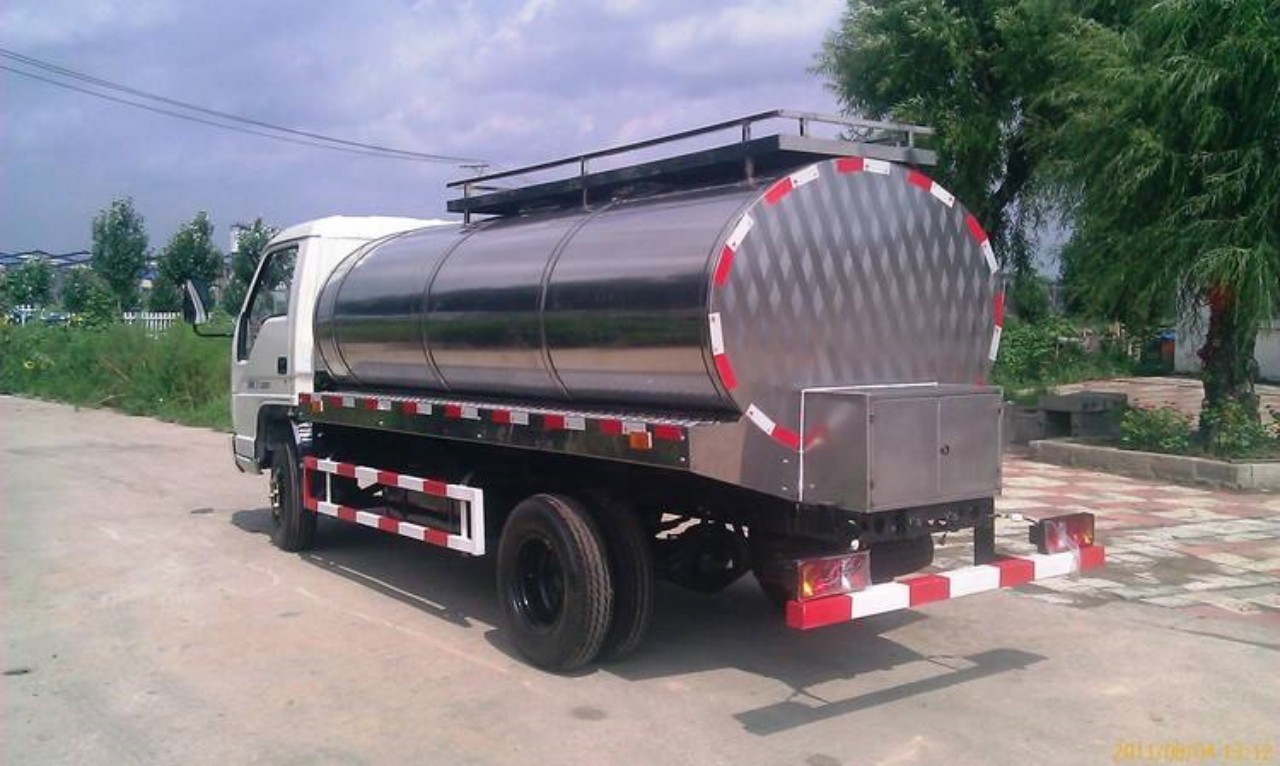
4. Hygienic Properties and Easy Cleaning
Stainless steel’s non-porous surface makes it easy to clean and sterilize, an essential feature for industries like pharmaceuticals and food processing, where contamination cannot be tolerated. Its smooth surface prevents the accumulation of residues, ensuring that chemicals are transported in a clean environment.
Additionally, stainless steel’s resistance to staining and its ability to withstand repeated cleaning cycles with harsh cleaning agents make it an ideal choice for tank trucks. The ease of cleaning also reduces downtime, allowing for quicker turnaround times between loads.
5. Environmental Sustainability
In today’s environmentally conscious world, sustainability is a critical factor in material selection. Stainless steel is 100% recyclable, making it an eco-friendly choice. At the end of its service life, stainless steel tanks can be recycled and repurposed, reducing waste and conserving resources.
Moreover, the durability and corrosion resistance of stainless steel minimizes the need for frequent replacements, contributing to a lower environmental footprint over the tank’s lifespan. This sustainability aligns with the goals of companies striving to reduce their impact on the planet.
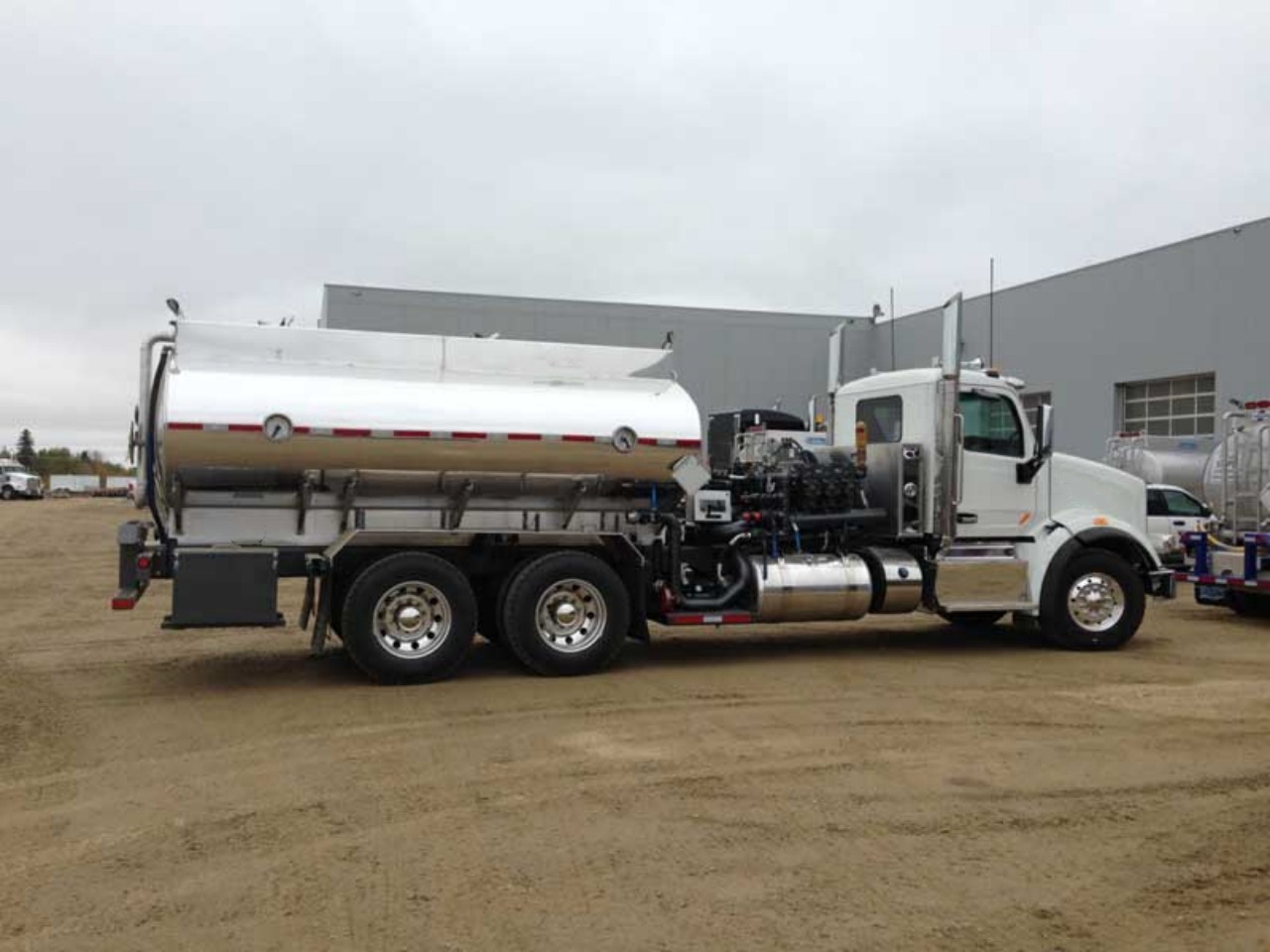
6. Heat Resistance and Thermal Stability
Transporting chemicals often involves maintaining specific temperature conditions. Stainless steel exhibits excellent heat resistance, making it suitable for high-temperature applications. It retains its mechanical properties and structural integrity even at elevated temperatures, ensuring the safe transport of chemicals that require heating to remain in liquid form.
This thermal stability also extends to cryogenic applications. Stainless steel can withstand extremely low temperatures without becoming brittle, making it ideal for transporting liquefied gases and other temperature-sensitive substances.
7. Regulatory Compliance
The transport of chemicals is subject to stringent regulations to ensure safety and environmental protection. Stainless steel tanks often meet or exceed these regulatory requirements due to their reliability and performance. For instance, the U.S. Department of Transportation (DOT) and other international bodies recognize stainless steel as a material suitable for hazardous materials transport.
Using stainless steel tanks simplifies compliance with these regulations, reducing the risk of fines and ensuring smooth operations. This compliance provides peace of mind to operators and clients alike.
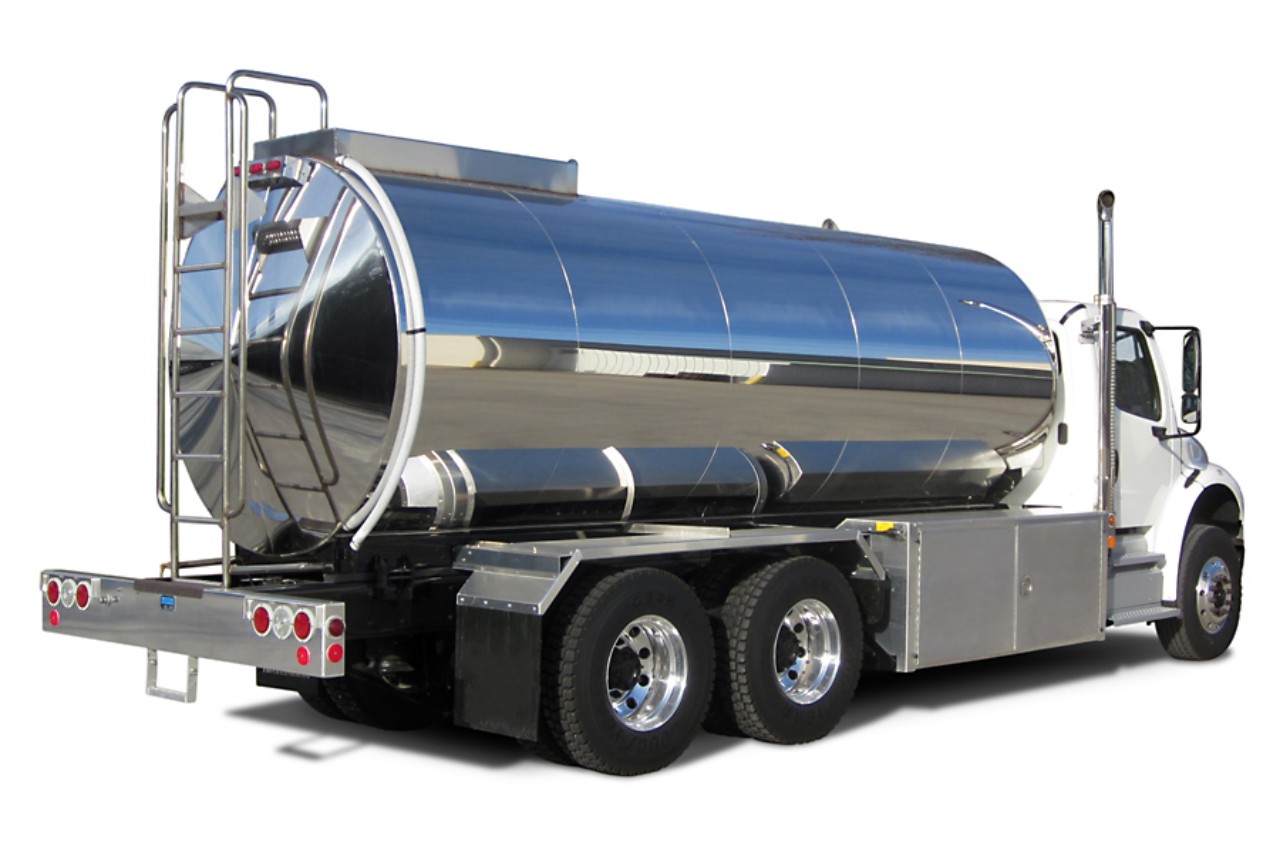
8. Customization and Adaptability
Stainless steel offers flexibility in design and fabrication, allowing manufacturers to customize tanks to meet specific requirements. Whether it’s a single-compartment tank for bulk chemicals or a multi-compartment tank for transporting different substances simultaneously, stainless steel can be tailored to suit diverse needs.
This adaptability extends to features like insulation, heating elements, and specialized fittings, which can be integrated into stainless steel tanks to enhance functionality and efficiency. Such customization ensures that the tanks align with operational demands and industry standards.
9. Economic Considerations
While stainless steel tanks have a higher upfront cost compared to alternatives like aluminum or carbon steel, their long-term benefits outweigh this initial investment. The durability, low maintenance requirements, and extended lifespan of stainless steel tanks result in lower overall costs over time.
Additionally, the ability to recycle stainless steel at the end of its service life provides a return on investment that further offsets the initial expenditure. Companies that prioritize quality and longevity often find stainless steel to be the most cost-effective choice in the long run.
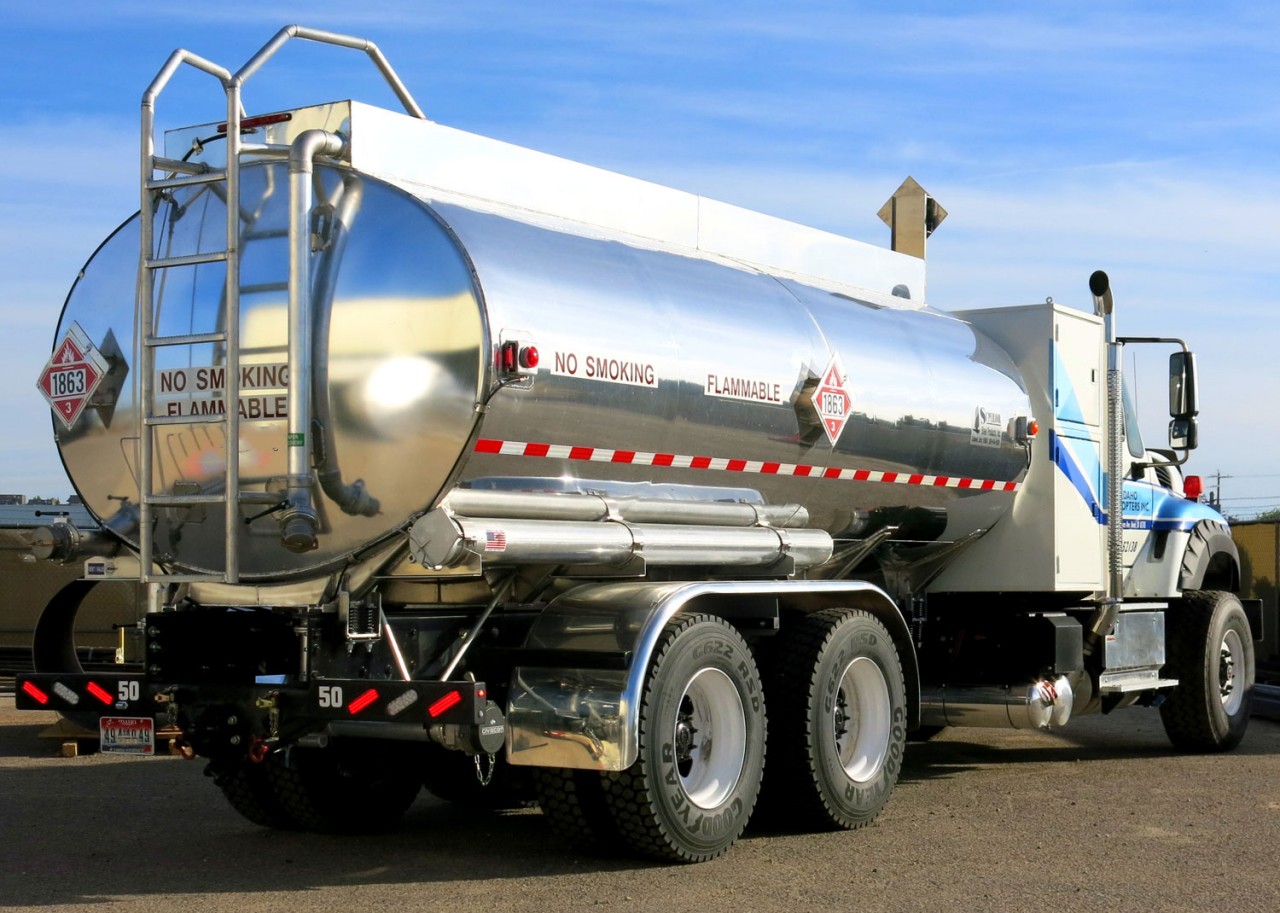
10. Industry Applications
Stainless steel tank trucks are used across a wide range of industries due to their versatile properties:
- Chemical Industry: Transporting acids, bases, solvents, and other hazardous chemicals.
- Food and Beverage: Carrying liquid ingredients like milk, oils, and syrups.
- Pharmaceuticals: Ensuring the sterile transport of raw materials and intermediates.
- Petrochemicals: Safely handling refined products and specialty chemicals.
- Cryogenics: Transporting liquefied gases like oxygen, nitrogen, and argon.
The ability of stainless steel to meet the unique demands of these industries underscores its value as a material of choice for tank trucks.
Conclusion
Stainless steel is undoubtedly the best choice for chemical transport tanks, offering unparalleled benefits in terms of corrosion resistance, durability, chemical compatibility, and environmental sustainability. Its performance under extreme conditions, ease of cleaning, and regulatory compliance further solidify its position as the preferred material for this critical application.
While the initial investment in stainless steel tanks may be higher, their long-term value, reliability, and adaptability make them an indispensable asset for companies in the chemical transport sector. By choosing stainless steel, operators can ensure the safe, efficient, and environmentally responsible transport of chemicals, safeguarding both their cargo and their reputation.

